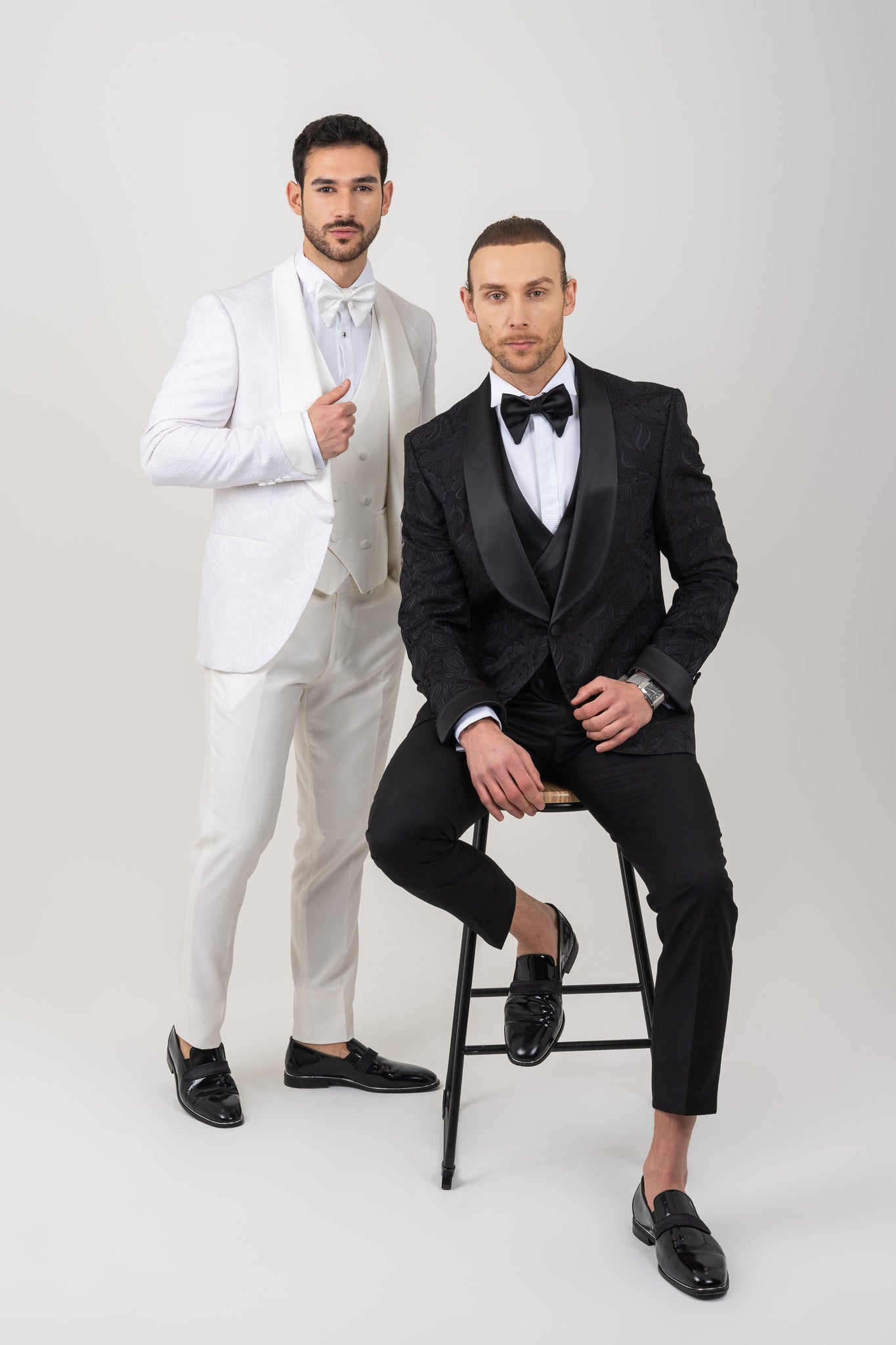
The History and Evolution of the Modern Suit
Share
The History and Evolution of the Modern Suit
The modern suit has a rich history, evolving over centuries to become the timeless wardrobe staple it is today. From royal court attire to the business suit, here’s how the suit has transformed.
1. 17th Century: The Birth of the Suit
The suit’s origins date back to the 1600s when King Charles II of England introduced a long coat with matching waistcoat and breeches, marking the first iteration of coordinated menswear.
2. 19th Century: The Lounge Suit
In the 1800s, the "lounge suit" was introduced as a more casual alternative to the formal tailcoat. It featured a shorter jacket and became a symbol of sophistication among the upper class.
3. Early 20th Century: The Business Suit
By the early 1900s, the lounge suit evolved into what we now recognize as the modern business suit, with more structured tailoring and two or three-piece designs. Wool became the fabric of choice, and trousers were worn higher on the waist.
4. Mid-20th Century: The Slimmer Silhouette
The 1950s and 60s saw the rise of slimmer, more streamlined suits popularized by icons like James Bond. Lapels became narrower, and suits adopted a sleeker, minimalist style.
5. Late 20th Century: Power Suits
In the 1980s, the "power suit" trend emerged, with wide lapels, padded shoulders, and bold patterns, symbolizing authority and success in corporate settings.
6. Today: The Tailored Fit
The modern suit has returned to a slim, tailored fit, focusing on versatility and personalization. Suits today are crafted from a variety of fabrics and designed for both formal and casual settings, blending traditional elegance with contemporary style.
Final Thoughts
The suit has come a long way from its royal roots to the modern, versatile garment it is today. At Envy Suits, we honor this evolution by offering finely tailored suits that combine timeless tradition with modern design.



